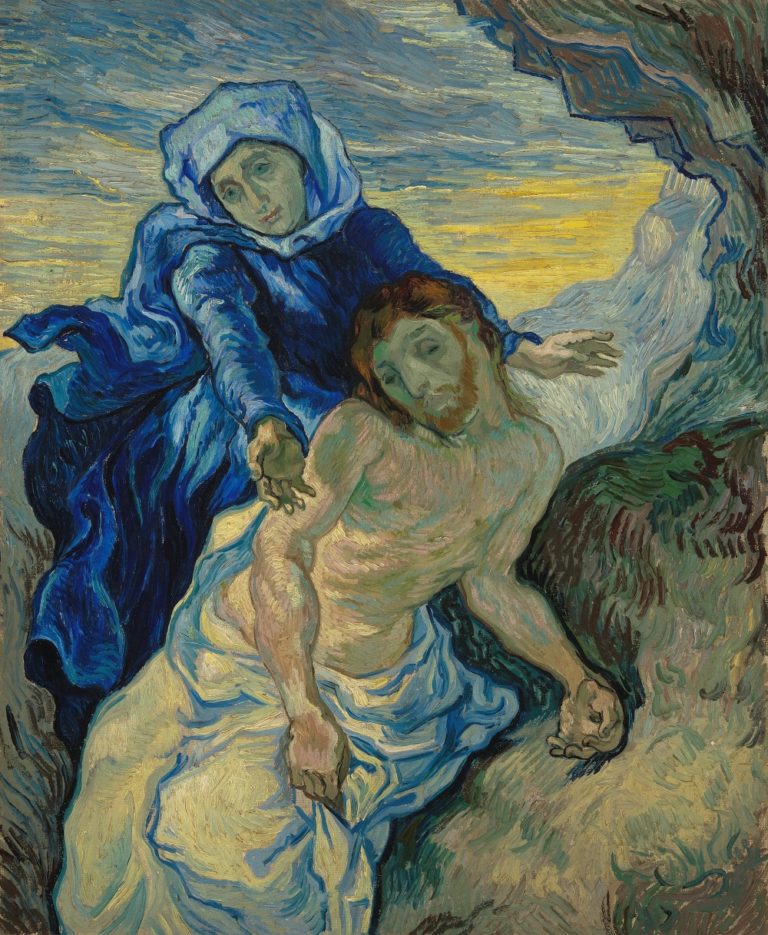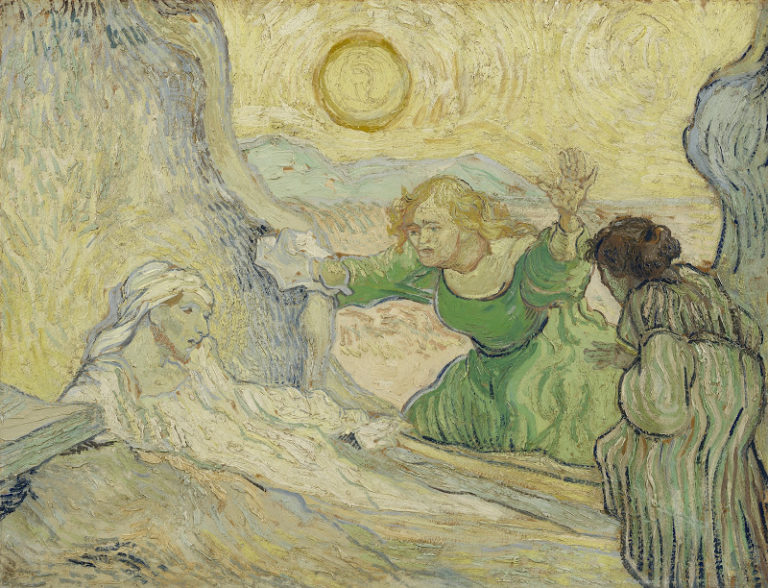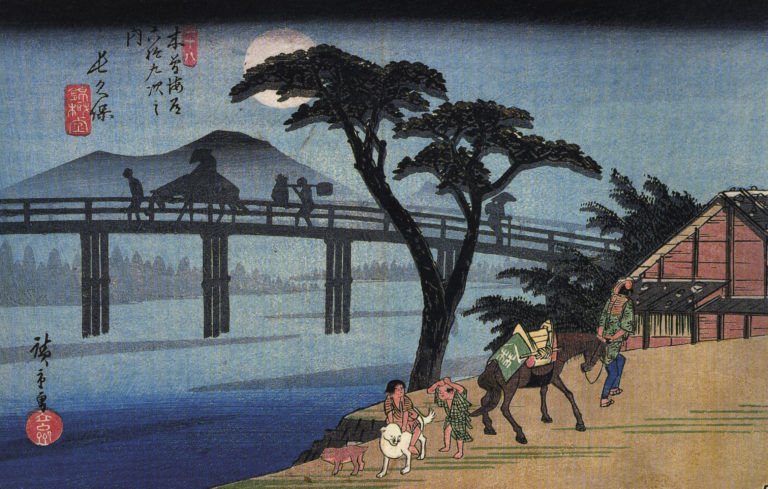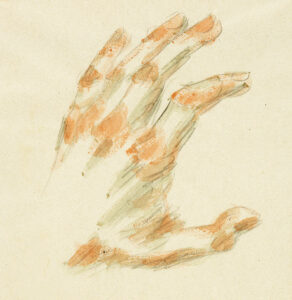The Marchutz Tapes — Reflections on Art
Newness and Tradition
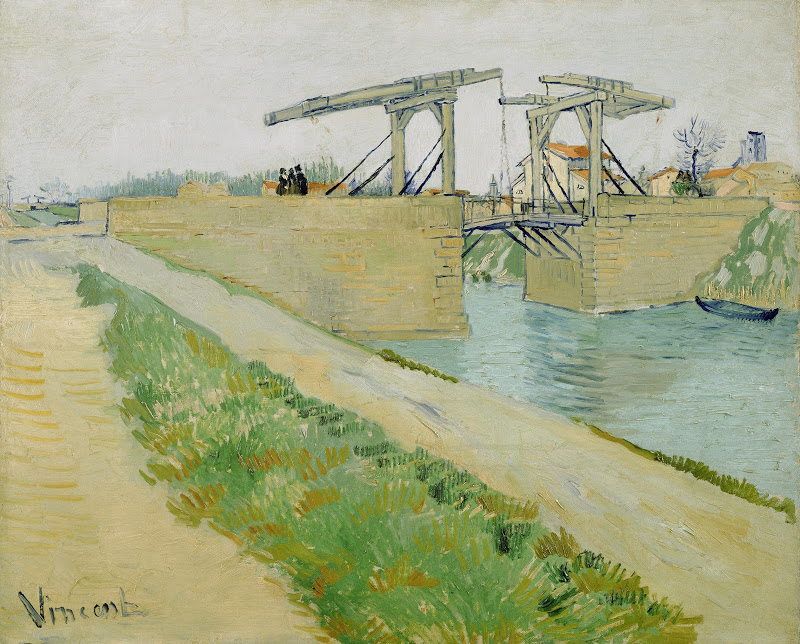
The study of past artists was of great importance to Leo Marchutz and his students, and many of their conversations centered around the ways in which their own work could be bettered by contact with great works of the past. The painters of the impressionist period and their relationship to the past were of particular interest to Marchutz, as they offered a valuable example of how an artist relates to tradition.
Leo Marchutz: . . . And after decades [since impressionism], 10 or 15 different names, movements, they all wanted to create something new, something never seen. But never an artist wanted to paint something never seen, he wanted to be if possible, as good as his predecessors. And this movement started rather early.
. . . There are different sides of this. Gauguin had this tendency too. To be new. To be new. And you cannot find in a single letter of Van Gogh express the same feeling. He only wanted to be as good a painter as possible, and he was not concerned about newness, and all this.
Sam Bjorklund: But just very excited about his own explorations and about what he was finding out about himself, though perhaps?
LM: It was certainly new what he made, but he had not the intention of making something new. That is the whole difference. That is the whole difference. He made the style, he couldn’t otherwise. And now we see the people making, wanting a “new” painting, there is a legion of them . . . They are forgotten now. They are all forgotten. They are in museums, but one doesn’t talk much about them.
Leo Marchutz,
Excerpt from The Marchutz Tapes, 1974-1976
While it is true that the impressionists sought to break from the accepted practices and standards of their time, they were not trying to break free from tradition and the past entirely. However, because their appreciation for their predecessors went beyond style and mere appearance, the pictures they produced were striking in their apparent departure from the generally accepted work of the French Salons. As a result, the generations of artists who followed often mistook the goal of such an artistic movement as simply to be “new” for newness sake. In the decades that have followed the apparent revolution of the impressionists, newness has become the first standard by which artists and their works are judged. We of the 20th and 21st century tend to seek the uniqueness of an artist and think we have found his or her greatness.
Marchutz lamented this unfortunate misunderstanding of the impressionist movement. Newness alone is not a problem—certainly the work of Van Gogh was new—but the pursuit of newness for its own sake results in works devoid of lasting value. The example of Van Gogh offers a helpful illustration of how an artist can achieve something new while truly participating in tradition. As Marchutz expresses here, what made Van Gogh a great artist—a true artist—was his dedication to become as good a painter as possible. He sought to improve as a painter by both contact with nature as well as serious engagement with the works of predecessors whom he admired such as Delacroix, Rembrandt, and Hiroshige. The newness of Van Gogh’s work, like the newness of the impressionists and others before him, was a natural result of his sincere dedication to the improvement of his work.
Marchutz’s lesson here is that in order to produce a new work of art, one cannot pursue newness for its own sake, as perhaps Gauguin did; nor can one merely conform with style and appearance, as many academic painters of 19th century France did. It is only by a genuine and sincere engagement and communion with both nature and past works of art that one may produce new—truly new—works of art.
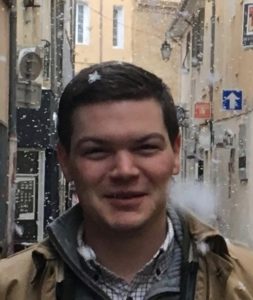
Excerpt chosen by
Patrick Beeby
Patrick received an MFA in Painting from The Marchutz School of Fine Arts in 2019. He is currently assistant teaching in the Core Arts and MFA programs there.
Click here to view The Marchutz School of Fine Arts website.

